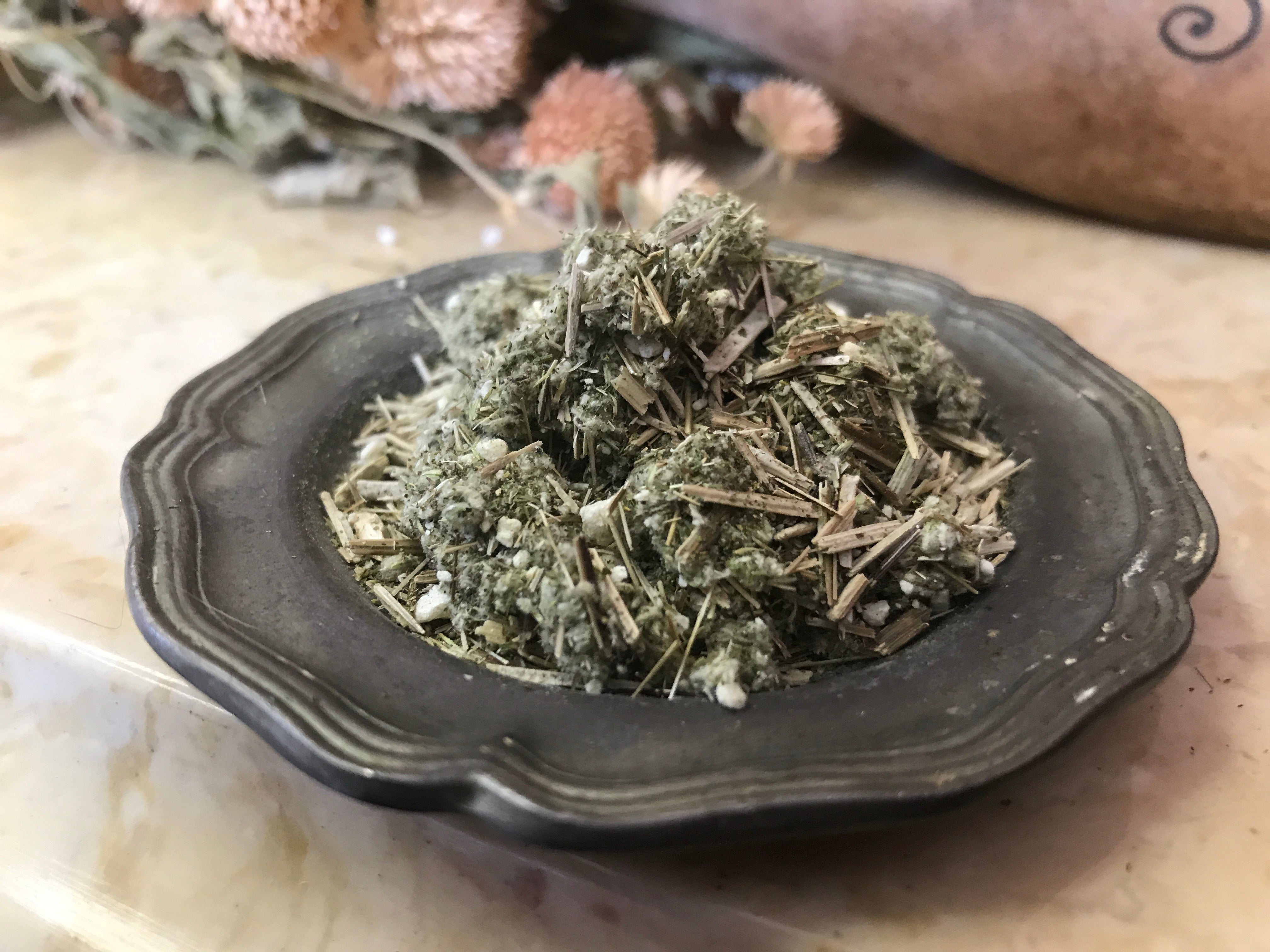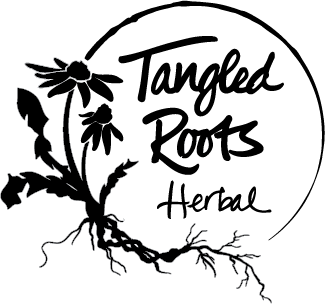Mugwort (Organic, 1 oz) – Dreamwork & Intuition
Couldn't load pickup availability
Seeking clarity in dreams or ritual work? Mugwort enhances intuition, supports lucid dreaming, and brings grounding to your magical practice.
Herbalist-Approved Details:
Botanical Name: Artemisia vulgaris
Plant Part: Leaf
Herbal Actions: Bitter, Nervine, Emmenagogue
Energetics: Warming, Drying
Quality: Certified Organic
Net Wt: 1 oz (28 g)
How to Work With It:
-
Internal: Brew as tea or tincture (avoid if pregnant).
-
External: Burn as incense or add to dream pillows.
-
Magical: Ruled by the Moon, mugwort is a classic herb for divination, protection, and dreamwork.
Quick Idea:
Place mugwort in a sachet under your pillow to invite vivid dreams.
Disclaimer:
For educational purposes only. Not intended to diagnose, treat, cure, or prevent any disease. Consult a qualified healthcare provider before use, especially if you are pregnant, nursing, or taking medication.



